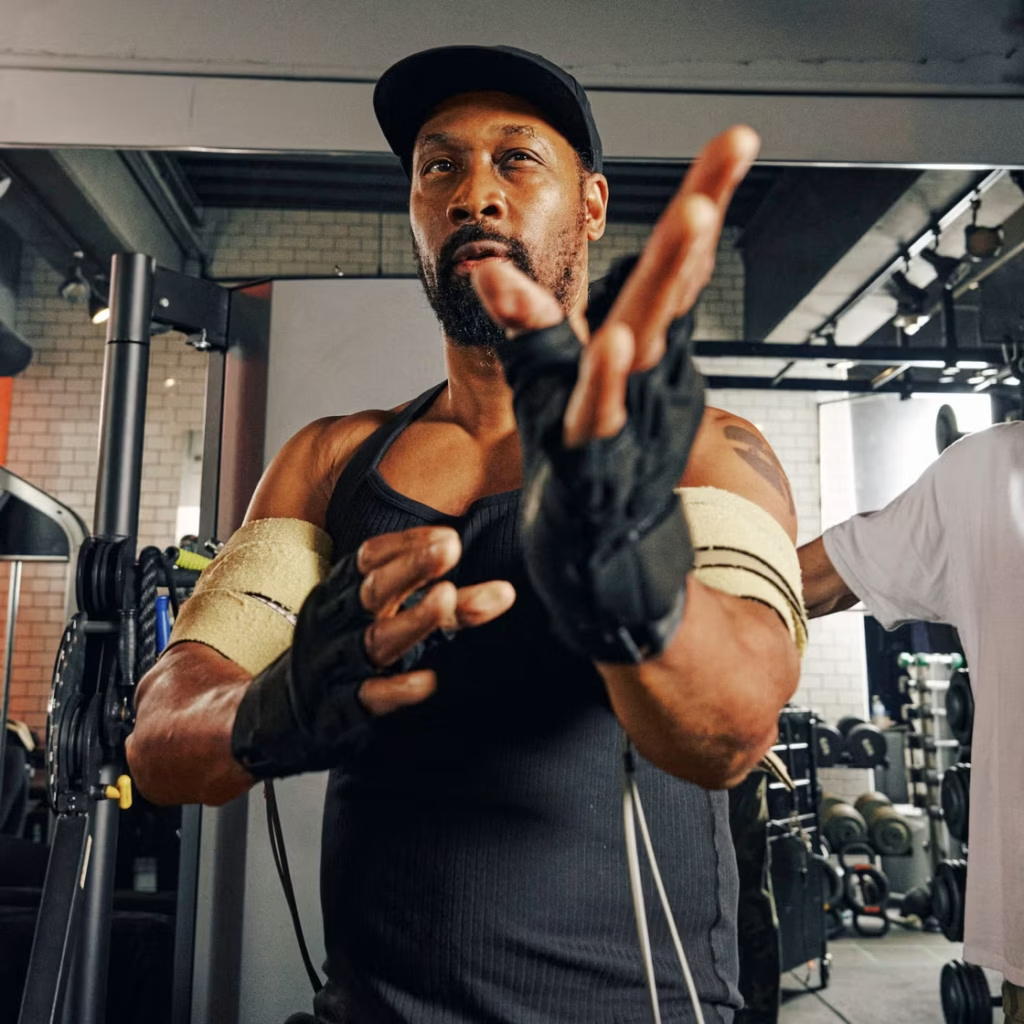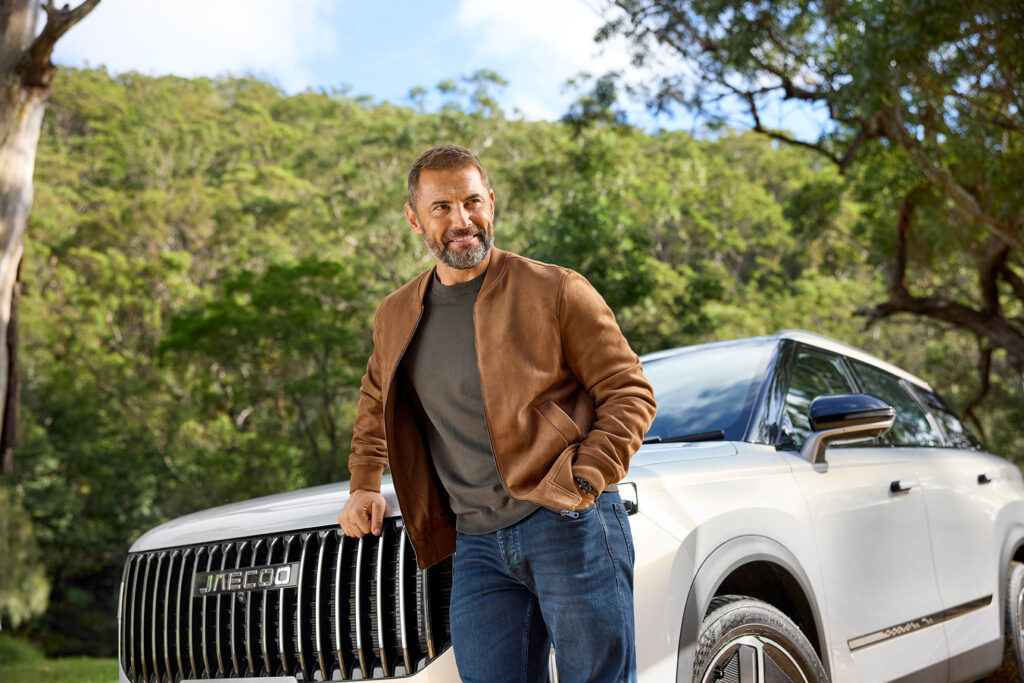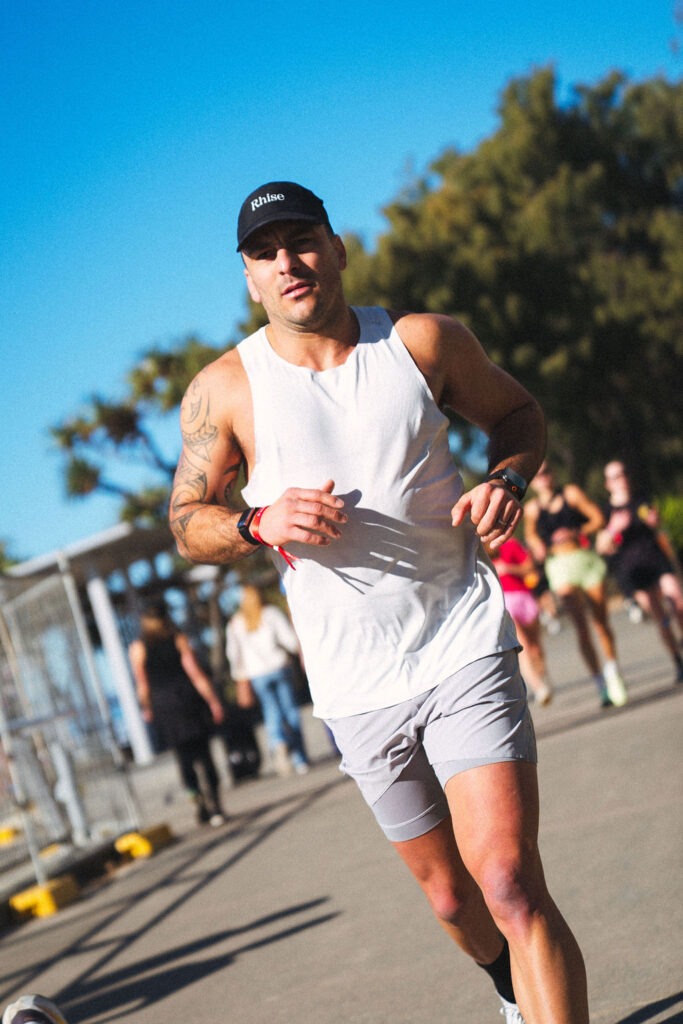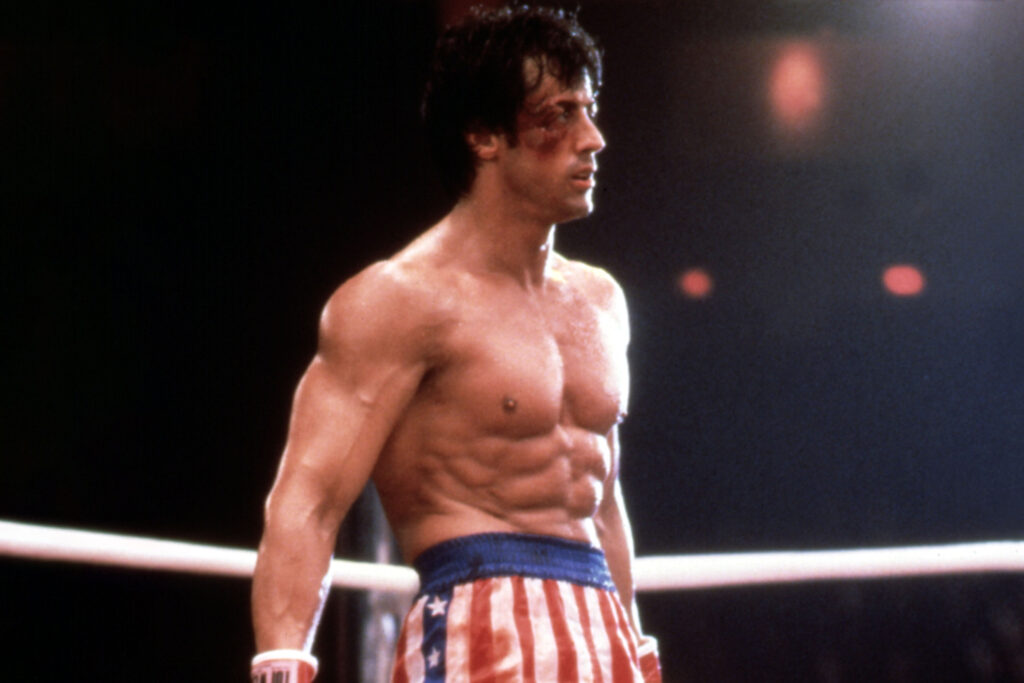JUST ABOUT ANYONE can drive a car. In fact, attaining a driver’s license is something of a rite of passage for young adults. You get your license at around age 16, learn the ropes from your parents, rack up a few – genuine or fabricated – practice hours, pass some tests and after a few years, you can drive. But that doesn’t mean you could jump behind the wheel of Max Verstappen’s RB20, produce a respectable hot lap and come out unscathed.
To someone who has never felt the bone-shaking, shivers-down-your-spine-inducing roar of a Formula 1 car speeding by in person, the task of driving such a vehicle may not seem too difficult. Televisions, and the general talent of F1 drivers, work wonders in making mind-boggling speeds and millimetre-perfect turns look like nothing spectacular. And from the outside looking in, it’s easy to assume that the only necessary skills needed to be a successful driver are mostly mental. Obviously, quick reaction times, laser-sharp focus and resolute patience are a must, but assuredly, there’s an equally important physical element to driving an F1 car, and it’s nothing like driving your hatchback.
F1 cars can reach a peak speed of around 375km/h. When braking and turning through high-speed corners, drivers experience G-forces of up to 6Gs, meaning they feel a force equivalent to six times their bodyweight. To put this into perspective, during the ascent of a space shuttle, astronauts feel around 3Gs of force. Throughout the course of an F1 race, driver’s bodies are constantly under strain and they tend to burn around 1000 calories and shed 2-3kg. It’s not exactly the same exertion you’d use while kissing the apex of a roundabout on your way to the shops.
Drivers need a great deal of strength and endurance to not only perform, but survive under these conditions. And therein lies a catch 22. Driver’s must simultaneously be brawny enough to not buckle under the strain of an F1 car, but they can’t be too heavy, as any excess weight will only slow their car down. F1 cars are designed to be as lightweight as possible, to such an extent that they’re noticeably faster when they have an empty fuel tank. Back in 2019, Lewis Hamilton said that even weighing as much as an extra 1kg would slow him down by two seconds over the course of a race.
You would assume then that, similar to horse jockeys, the lighter an F1 driver is the better. While that used to be the case, for the sake of fairness the FIA recently introduced new stipulations requiring drivers to weigh a minimum of 80kg at the start of a race. That weight does include the heft of a racing suit, but if a driver is under that threshold, they have ballast added to their car to even the playing field.
Under these rules, the goal for drivers is to weigh no more than 80kg, for optimal speed. This means they need to stay well below that limit, as their racing suit will add a few extra kilos and potentially slow them down. Oscar Piastri weighs around 70kg, so he doesn’t have too many issues with staying below the threshold, but as his performance coach Kim Keedle tells us, other drivers do. “It puts some of the bigger and taller drivers at a disadvantage,” Keedle says. “Those guys have to be in a calorie deficit all the time and are always trying to lose weight.”

Getty Images | Mark Thompson
Weight management is just one of the many challenges faced by F1 drivers. While you may not see them posting thirsty, sweat-soaked shirtless photos to social media – as you would expect from athletes in other sports – they hit the gym as hard as anyone. As Keedle explains, “To be a Formula 1 driver, you need to: A. have a strong cardio base to deal with the demands of a two-hour race in warm environments. And B. have a good level of strength to deal with the G forces.”
The F1 season is long, and it never lets up at any stage, with only a three-month offseason to regroup, reassess and prepare for the start of the next season. During this year’s preseason, Keedle and Piastri focused primarily on cardio. “Our target was improving Oscar’s cardio base, so we were doing five to six cardio sessions a week,” Keedle says. “Most of our cardio sessions are focused on running, because that’s Oscar’s preferred modality, but we mix that up and do other things like swimming or playing squash just to keep it interesting.”
While Piastri’s rookie season was – by all accounts – a smashing success, Keedle spent the preseason working with Piastri on areas he considered to be in need of work. “The deconditioning that occurs from the start of the season to the end of the season is quite high, and we saw that with Oscar last year. His driving fitness increases, but his overall cardio fitness decreases significantly,” Keedle says. “That was something we identified before the start of this season as an area in need of improvement and we realised that we would have to hit cardio hard in the start of the year.”
As preseason gives way to the start of the season itself, Keedle and Piastri’s focus shifts to strength training, with four weights sessions per week. “Early in the season our strength training is mainly just full body weights sessions. As the season goes on, we focus on more specific areas like neck strengthening and core work, stuff that’s more applicable to driving,” Keedle says.
It is neck strengthening in particular that is uniquely important for F1 drivers, as without it, the high G-forces experienced during races can lead to serious injury. This was demonstrated at the Saudi Arabian Grand Prix last weekend, where Oliver Bearman made an impressive debut, but repeatedly signalled that he was experiencing severe neck pain towards the end of the race. Cameras picked up extensive damage to Bearman’s headrest, which is made of shock-absorbent material, evidence that the driver had been heavily relying on it to lessen the strain.
Neck exercises aren’t a common feature in many people’s gym routines, and Keedle admits that “When we’re in the gym people must think we look ridiculous.” But onlookers be damned, F1 drivers can never skip neck day if they want to avoid injury. “We have a neck harness with a pulley that we clip it onto a cable machine. We work through different ranges of motion so that we can target his lateral flexors, his rotator cuffs and so on. We also do 60-second isometric holds and reps through movement,” Keedle says.
“We do as much prep as we can in the preseason, but nothing compares to actually getting in the car. The rate of force just doesn’t compare to anything else,” Keedle says. “Usually in preseason testing, their neck will be sore and they’ll have a little bit of DOMS, but if we weren’t doing all of that preseason work, they’d be even more cooked.”
@f1 our neck hurts just watching this 👀 #f1 #formula1 #sports #training #fitness 🎥: @Alex Albon ♬ original sound – Formula 1
As we’ve established, the physical strength and endurance required to perform in F1 is extreme, and a constant balancing act. But mental strength is similarly important. Piastri works with a mind coach, but as Keedle says, mental strength is an area where the driver naturally excels. “Staying focused and calm at all times is one of Oscar’s strengths.”
“His first race last year in Bahrain, his steering wheel failed,” Keedle says. “He had come into the sport with so many expectations and something just went completely wrong right away. Other drivers would be throwing stuff around the car and yelling into the radio, but Oscar just said ‘Oh, my steering wheel’s not working’.
Not every driver shares Piastri’s cool headedness. Before working with the Australian phenom, Keedle served as Romain Grosjean’s performance coach during the final years of the Frenchman’s F1 career. “One of Romain’s biggest strengths was that he was just naturally very quick and talented and he could find the limit of a car extremely quickly. But where he struggled, and he will admit this, is the mental aspect,” Keedle says. “He struggled in keeping his calm when things went wrong or when he was put into a chaotic environment, and that hampered his career.
“While Oscar and Romain are obviously two very good drivers, they’re completely different on the mental side of things, Oscar is always just so calm,” Keedle says. As for how Piastri is able to keep his cool in even the direst of situations, Keedle has a theory. “I think it really helps that he’s Australian. We’re pretty laid back, and you’d be amazed by how beneficial that is,” he says.
With a home Grand Prix next weekend, Keedle hopes the laid back Australian attitude will take hold and lead to another strong showing –and potentially a victory – from Piastri. Although, if Piastri doesn’t come out on top, it won’t be because he isn’t training hard enough.
View this post on Instagram
Related:















